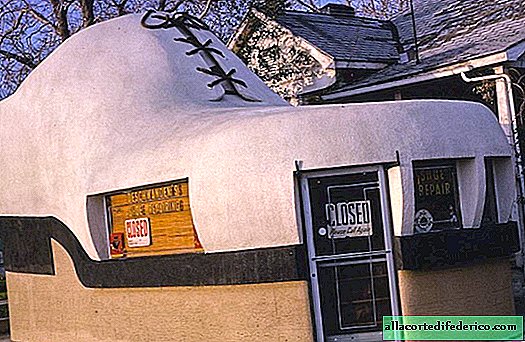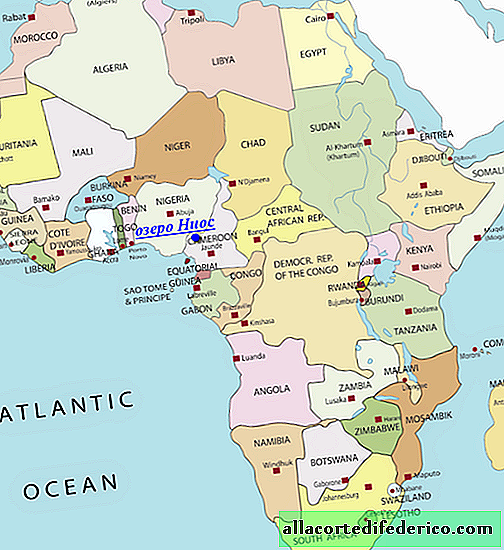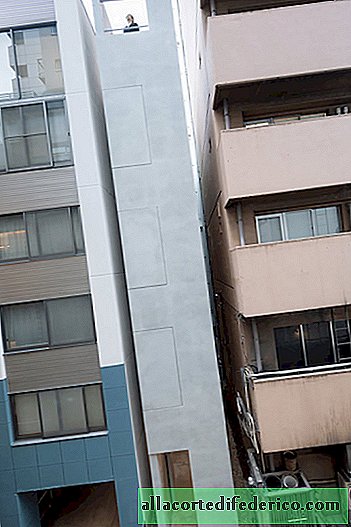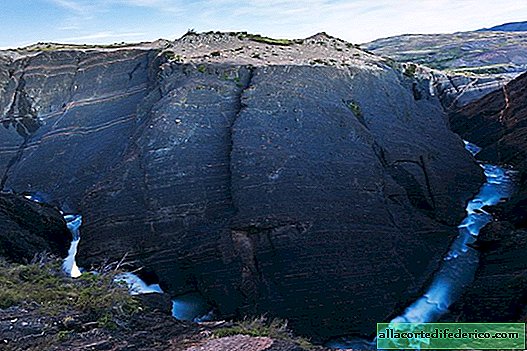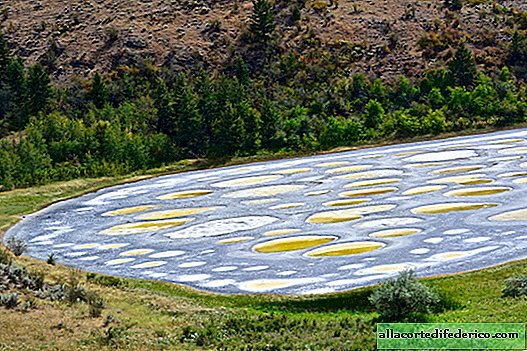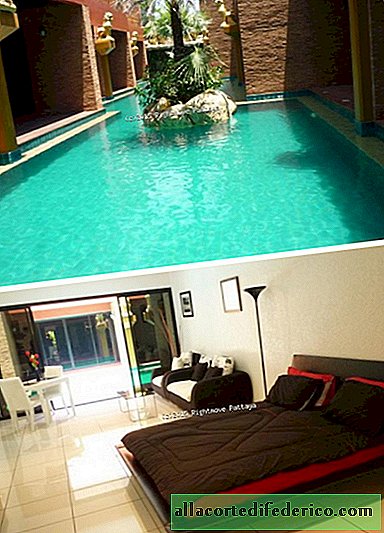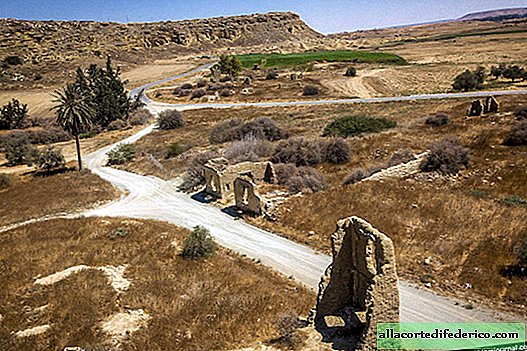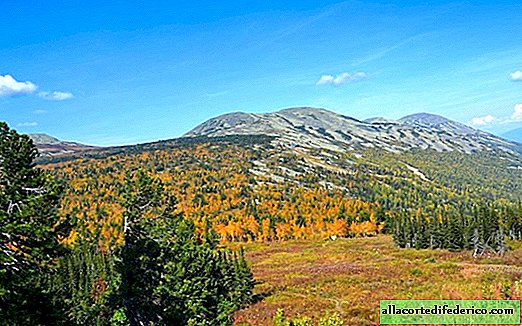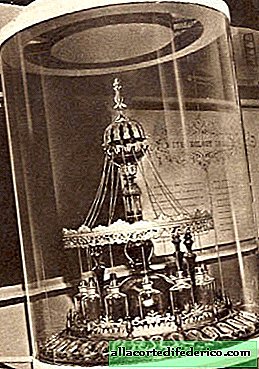From the 6th century to the present: the dungeon where the German heritage is stored
In the Black Forest mountains, near the idyllic German village of Oberried, Germany's cultural treasures are securely hidden. All government documents, records about the inauguration of kings, the work of philosophers, paintings are all engraved on microfilm and hidden in a 700-meter tunnel carved directly into the rock. This underground archive, securely hidden in the thickness of granite, should last at least 500 years after any natural disaster or nuclear attack.

The tunnel itself was built in 1903: it was created for miners who were supposed to transport ore and tools in the rocks. But when the depth of the tunnel reached 700 meters, the work abandoned. And in the 1970s, a forgotten dungeon got a second life: here they decided to make an archive.
There are only five such places on our planet: one repository in the Vatican, three in the Netherlands and one in the Black Forest mountains. Barbarashtollen was created, like the other four archives, following the results of the Hague Convention for the Protection of Cultural Property in the Event of Armed Conflict.
 Billionth document
Billionth documentThe fact that cultural heritage must be protected was first thought after the Second World War. The Nazis raged in terms of all works of art: their idea of the superiority of the Aryan race penetrated into culture, so all non-German cultural values and artifacts, in accordance with ideology, had to be destroyed. So, the main idea of the Hague Convention was the protection of world culture. After all, the slightest damage to the cultural values of any people affects the heritage of all mankind.
Barbarashtollen was created during the Cold War, it was then that a real threat of nuclear conflict appeared. The remote location of the tunnel from all strategically important places for the enemy - airports, military bases, large cities - made it the best place to hide the whole history of Germany in it. The rock here is very strong and hard, which means that it will withstand during natural disasters: earthquakes or meteorites.

The tunnel was transformed in just two years, from 1972 to 1974. A year later, in 1975, the first barrels of microfilm appeared here. This method of storage was chosen by chance - microfilms are more durable compared to digital media, and microfilm has the ability to be stored from 500 to 1500 years. Of course, subject to special storage conditions, therefore the air temperature in Barbarashtollen is strictly 10 ° C, and the humidity level is 35 percent.

The life of electronic media is much shorter. In addition, they must be constantly updated, and in order to read the information, special equipment is needed. And for microfilm, you need only a magnifying glass and sunlight.
And today, more than 44 thousand kilometers of microfilms, on which more than a billion images, are hidden underground. About the same amount of documents here, all this is securely packed in meter drums. The oldest instance in them dates from the sixth century, and between it and the latest documents is a vast collection of images. Manuscripts of Goethe, Kafka, Schiller, evidence of the coronation of Otto the Great, the appointment of Adolf Hitler as Chancellor of Germany, the laws of all rulers, archival materials of the GDR - all this is contained in Barbarashtollen.

Barbarashtollen is one of the most protected locations in Germany, however, if all other places are guarded by the military, then there are different rules: for military vehicles there is a ban on travel within a radius of three kilometers from the store. The entrance to the archive is securely sealed by a huge steel door, and only two people know the code from it.
 Not yet developed part of the tunnel
Not yet developed part of the tunnelFortunately, a nuclear attack was not needed to prove the usefulness of Barbarashtollen. In 2009, the Cologne Historical Archive collapsed; almost 90 percent of its documents were lost. Those ten percent that were saved from under the rubble were transported to the tunnel. And this is 1 million images. The archive is replenished continuously, approximately 1.5 million documents annually.

